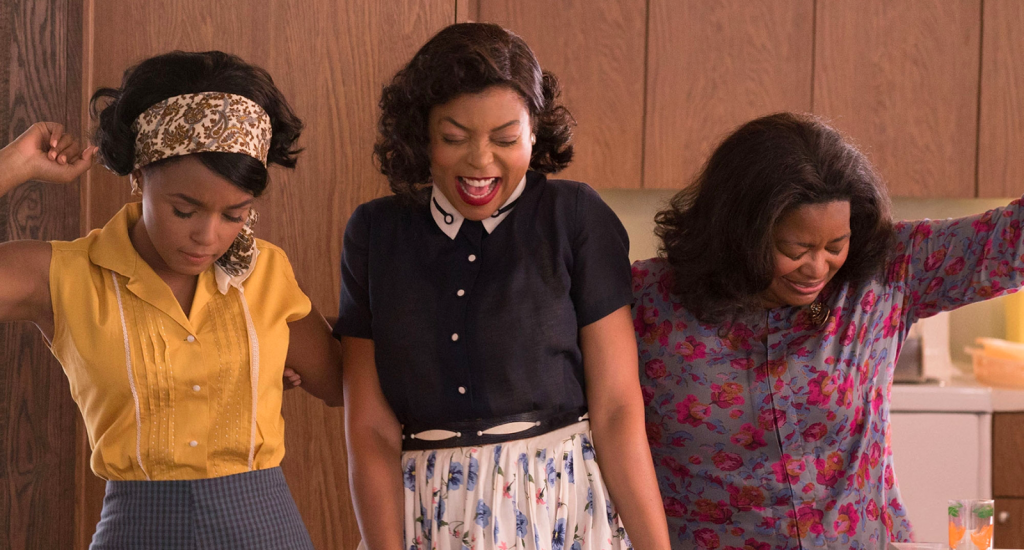
The hidden lessons in Hidden Figures
Big hair, big personalities, and big ideas - Hidden Figures is out in the US and it’s made a splash. The film takes us back to the 1960s and the birth of NASA. But it’s so much more than just a feel-good history film.
It’s a great story. Three African-American ‘computers’ – as in, people who do math by hand, not the machines – work for the NASA space program when racial segregation in the American South is still common. They can’t use the same bathroom, or even drink from the same coffee pot as their colleagues, yet through their talent and determination, they manage to break down racial barriers and their work plays a big role in the Space Race.
Taraji P. Henderson, Octavia Spencer, and Janelle Monae breathe life into three characters that had been pretty much forgotten by history. The story is straight feel-good – progress in the personal and professional lives of three women: Katherine Goble, Dorothy Vaughan, and Mary Jackson. It will give you all the feels - I laughed, I cried, I even cheered out loud.
The film’s success, and the fact that these women's stories are finally being told might seem like progress, but have we really come as far as we think?
The story of the pearls
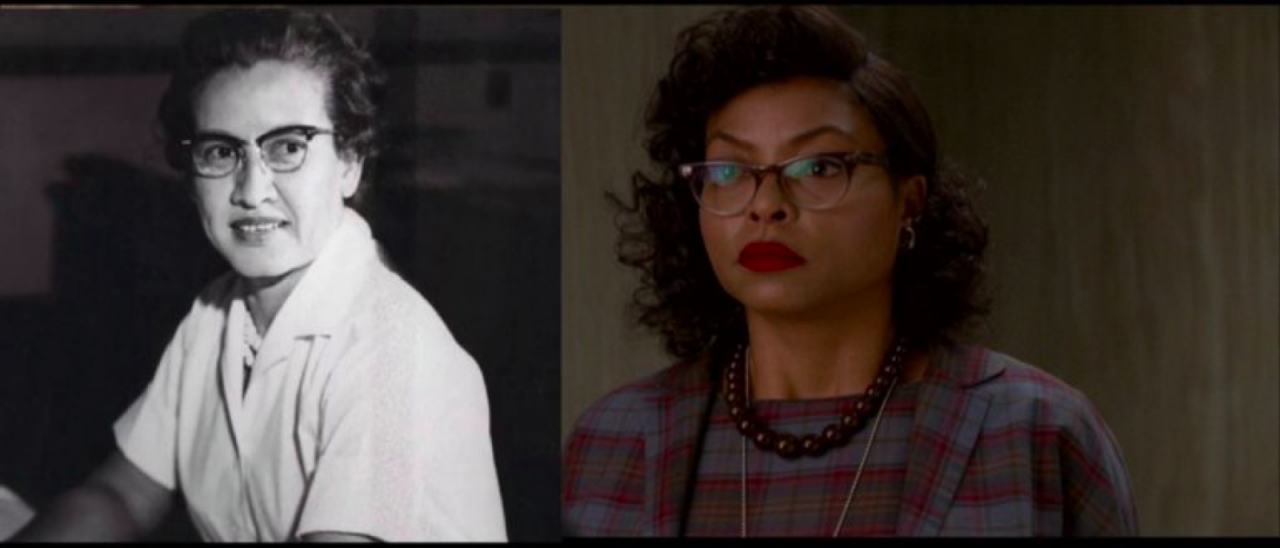
All three women are part of the all black, female, West Computing Group at NASA’s Langley research center. Katherine Goble, the main character is moved to an all white, overwhelmingly male, Space Task Group to check all their calculations for rocket trajectories. When she is reassigned she’s told she can no longer wear jewelry – just a simple string of pearls. As a single mother of three Katherine can afford no such thing, so she simply goes without.
For Katherine, the string of pearls becomes a symbol of her difference from the other people in the team. What economists call ‘signaling’ – having the right clothing (like a string of pearls) – can still be a real barrier in the workplace, especially for women on a low-income like Katherine. Without the right clothing, or hair, you may not get the job.
But, having the ‘right’ image at work isn’t just a question of money – it’s about gender and beauty norms as well. Think about bans on black hairstyles or women being told to wear heels at work.
Access to books
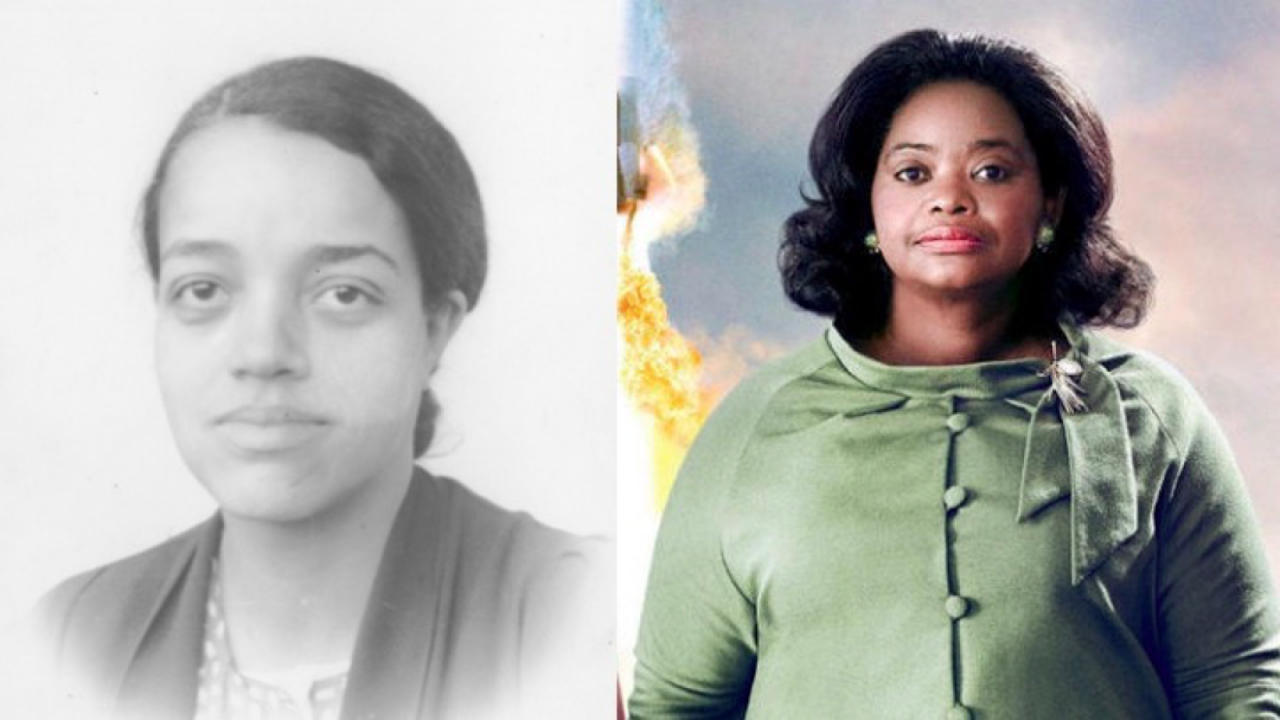
All of the people working as computers, black and white, are worried they may be out of a job when NASA acquires an actual computer, an IBM, that can do calculations faster than they can think. Dorothy Vaughan wants to protect her career by learning to program the new machine. The black library has no books on the subject, so, she has to go to the white library for information – and gets kicked out
While all public libraries in America are obviously desegregated now, access to education is still radically unequal. Students of color are much more likely to attend schools with fewer resources, including books, and are much more likely to drop out. Less education means lower paying jobs, lower paying jobs means poor neighborhoods, poor neighborhoods mean poor schools, and poor schools means the cycle starts all over again with their children.
The childcare conundrum
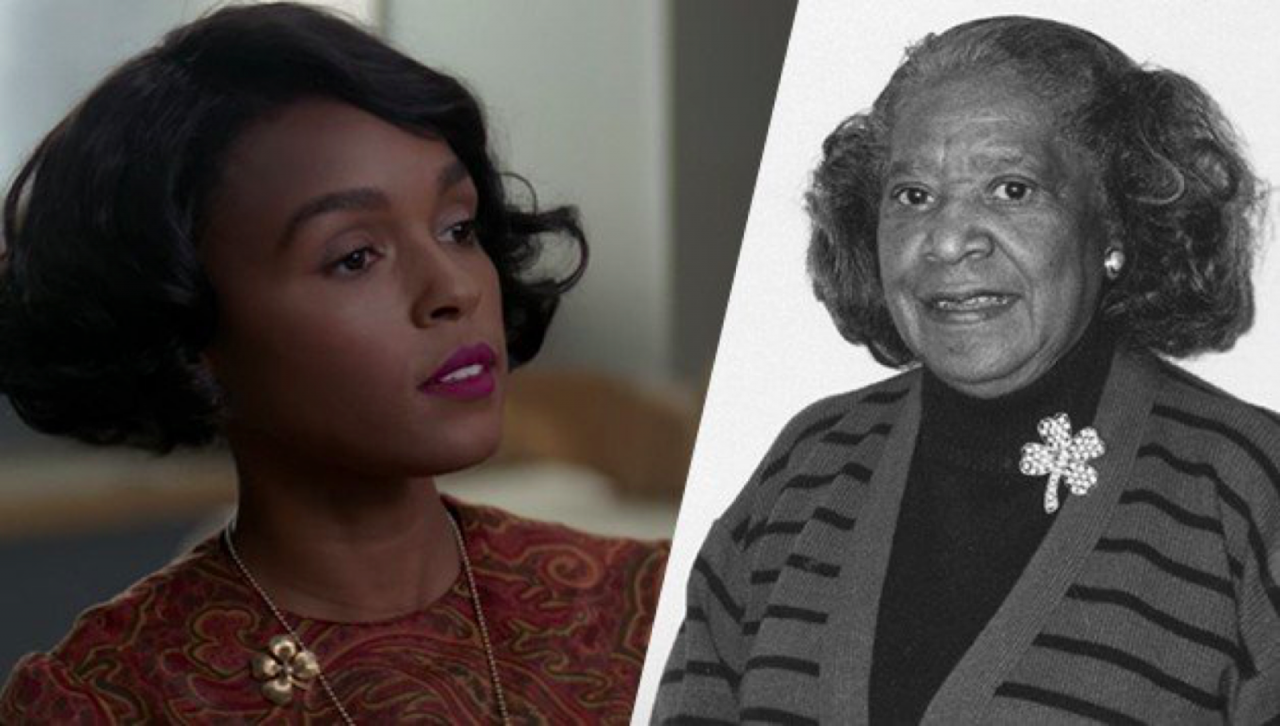
All of the women in Hidden Figures are mothers, but this becomes a particular problem for Mary Jackson. Mary had been working for the engineering group designing the astronaut’s capsule. She is encouraged by her boss to apply for NASA’s engineering program because of her contributions to the design work. When she does apply she is informed that NASA has a new policy requiring graduate level night classes.
Luckily, her husband can watch the children at night, but childcare is a never ending problem for women, who still bear the brunt of that responsibility. Paid childcare is expensive too – it is not uncommon for families to spend between 10% and 25% of their total household income on childcare. But having someone watch the children is a necessity for parents who work. Often poor parents, and especially mothers, find themselves in a catch-22: working requires childcare, but childcare is more than they make working.
Mind the pay gap
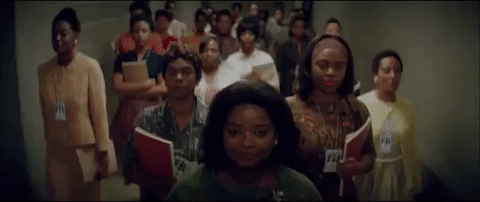
It’s only discussed briefly in the movie, but it’s clear that the women in Hidden Figures are making less than their white counterparts. In 2017 America, black women earn 64 cents on every dollar white men make, Hispanic women earn 54 cents, and white women make 80 cents. The pay gap was front and center this weekend as millions of women marched around the globe in support of women’s rights.
So what's the verdict?
All of the characters in Hidden Figures overcome the challenges in their lives through personal sacrifice, perseverance, and community support. The movie only hints at the civil rights movement that’s going on at the same time as these women’s personal struggles, and it does take some poetic liberties with the sequence of events.
It’s been a hit with critics and at the box office, taking $2.8m in its first weekend, and getting Oscar nominations in the Best Picture, Best Adapted Screenplay, and Best Supporting Actress categories. It might not follow history exactly, but that allows it to have the feel-good feeling of the upbeat biopic we all like to watch. Although to be fair, we'd watch an economics lecture if it had Octavia Spencer in it anyway, right?



